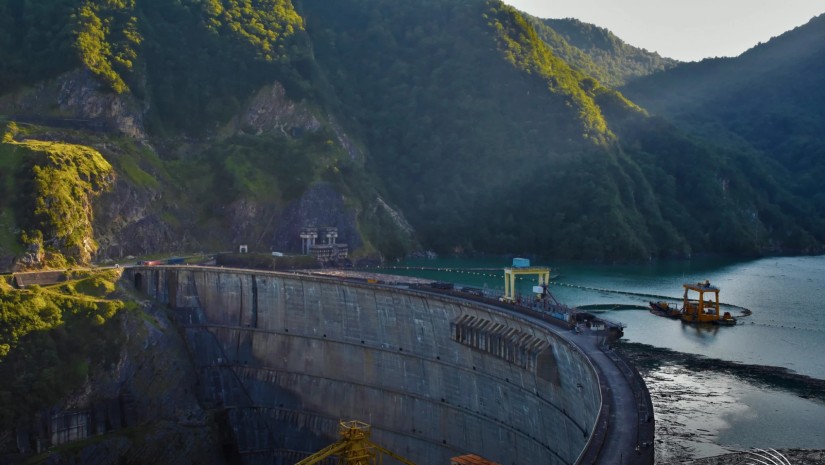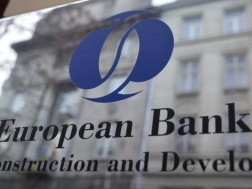The European Bank for Reconstruction and Development (EBRD) is providing a €28 million sovereign loan to modernise and rehabilitate the Enguri hydropower plant, Georgia’s largest electricity plant. The financing extended to the plant’s operating company, Engurhesi LTD will be complemented by a grant of €7.05 million from the European Union (EU).
This financing package will fund long-term structural stability works of the Enguri dam, repairs to the underground tunnel and penstock to ensure a more reliable power generation and grid system. In addition, the investment will reduce water leakages in the headrace tunnel and enable additional renewable energy production. The funds will also be used to construct vital infrastructure, such as roads to monitor the dam, improve the safety and reliability of the electricity grid and energy generation, as well as create a fish passage downstream of the Enguri dam.
Built in the 1970s, an energy complex comprising the Enguri hydropower plant and the Vardnili hydropower plants, meets approximately 30 per cent of the nation's electricity needs and are key to the country’s energy infrastructure, providing a steady supply of power and stimulating economic growth.
The EBRD has been involved in the rehabilitation of the Enguri hydropower plant since 1998, helping to reduce reliance on electricity imports, improve energy security, and support the country’s commitment to a greener and more sustainable future.
The latest financing expands on previous rehabilitation phases, which were also backed by the EU and are in line with the EU’s Global Gateway Strategy, implemented through the Economic and Investment Plan to boost energy, digital and transport connectivity in the Eastern Neighbourhood region and especially in Georgia. Overall, the EBRD and its donors have supported the Enguri plant with financing totalling €205 million since 1998.
To date, the EBRD has invested around €5 billion in 290 projects in the financial, corporate, infrastructure and energy sectors in Georgia, with 83 per cent of those investments in the private sector.
















